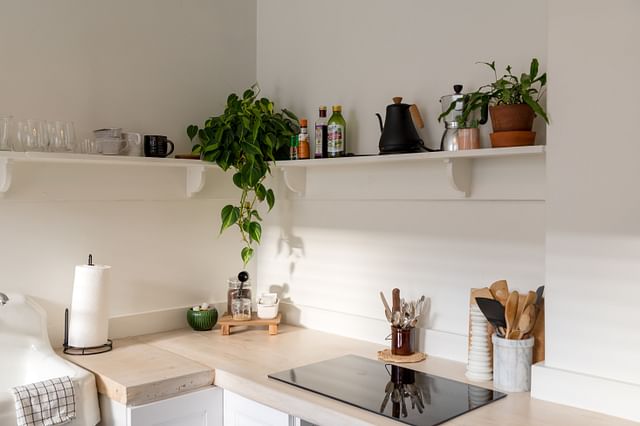
Smart Home Security for Renters: Non-Invasive Solutions for Securing Your Rental Home
As a renter, it can be challenging to maintain a high level of home security without risking damage or modifications to your rental property. Landlords and property managers often have strict rules against installing permanent fixtures or drilling holes in walls, floors, and doors. Fortunately, with modern technology, you can achieve smart home security solutions that are non-invasive, easy to install and remove, and won't cost you your security deposit. Here are some tips on how to secure your rental home using smart home devices.
1. Invest in wireless smart cameras
One of the easiest and most effective ways to secure your rental property is by installing wireless smart cameras. Smart cameras allow you to monitor your home remotely, receive notifications when there's any activity detected, and even talk to visitors or intruders through a two-way audio system. Many of these cameras are designed with magnetic bases or adhesive strips that allow for easy installation onto any surface without screws or tools. You can also place them in discreet locations, such as behind plants or on bookshelves, to avoid any damage or attention.
There are plenty of smart cameras on the market to choose from, each with different features and prices. Some of the most popular options include the Nest Cam, the Arlo Pro, and the Wyze Cam. When choosing the right camera for your needs, consider factors such as video quality, night vision, motion detection, cloud storage, and mobile app integration.
2. Get a smart doorbell
A smart doorbell is another effective way to enhance your home security without making any major installations or alterations. Smart doorbells are equipped with cameras, microphones, and speakers that allow you to see and communicate with anyone who rings your doorbell or approaches your front door. They also send notifications to your smartphone whenever there's any activity detected in your porch or entryway.
Some top-rated smart doorbells on the market include the Ring Video Doorbell, the Nest Hello, and the August Doorbell Cam Pro. You can choose between wired or wireless options, depending on your setup and preferences.
3. Install smart locks
If you're looking for a more advanced security solution that also allows for easy installation and removal, consider getting smart locks. Smart locks provide an additional layer of protection by replacing traditional keys and deadbolts with a digital access code or a mobile app. They're designed to fit over existing locks, so you don't have to drill or remove anything to install them. Smart locks also allow you to grant temporary access to guests, friends, or family members by sending them a virtual key via email or text.
Some popular smart lock options include the Schlage Encode, the Kwikset SmartCode, and the August Smart Lock. Just make sure to check with your landlord or property manager before installing the smart lock, as some buildings or communities might have restrictions or specific requirements.
4. Set up a smart home security system
If you want to take your home security to the next level, consider getting a smart home security system that integrates multiple devices and sensors. Many of these systems offer easy DIY installation and monitoring, without the need for professional services or contracts. You can choose a system that includes smart cameras, door and window sensors, motion detectors, alarm sirens, and even smoke and CO detectors.
Some popular smart home security systems include SimpliSafe, ADT, and Vivint. Just keep in mind that some systems require a monthly subscription fee to access all the features and benefits.
5. Use smart home automation to simulate occupancy
One of the best ways to deter burglars or intruders is by making your home appear occupied even when you're away. With smart home automation, you can easily schedule lights, appliances, and other devices to turn on and off at specific times or based on certain triggers. You can also use voice assistants like Alexa or Google Assistant to control your smart home devices remotely or with voice commands.
Some smart home automation devices that can help you simulate occupancy include smart lights, smart plugs, and smart thermostats. For example, you can set your living room lights to turn on around sunset and turn off around bedtime, or have your TV turn on for a few hours in the evening.
In conclusion, there are many non-invasive smart home security solutions that renters can benefit from. Whether you choose to invest in wireless smart cameras, smart doorbells, smart locks, or a comprehensive smart home security system, make sure to check with your landlord or property manager before making any modifications or installations. With the right devices and strategies, you can secure your rental home without sacrificing your comfort or convenience.
Posted on: Feb 15, 2023 Last updated at: Apr 10, 2023